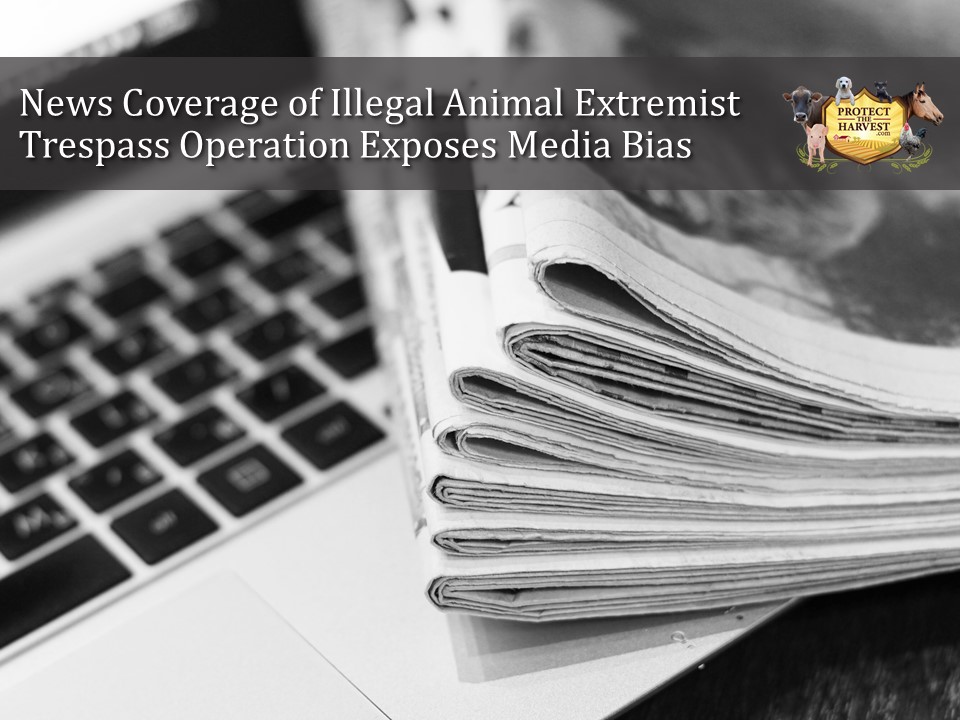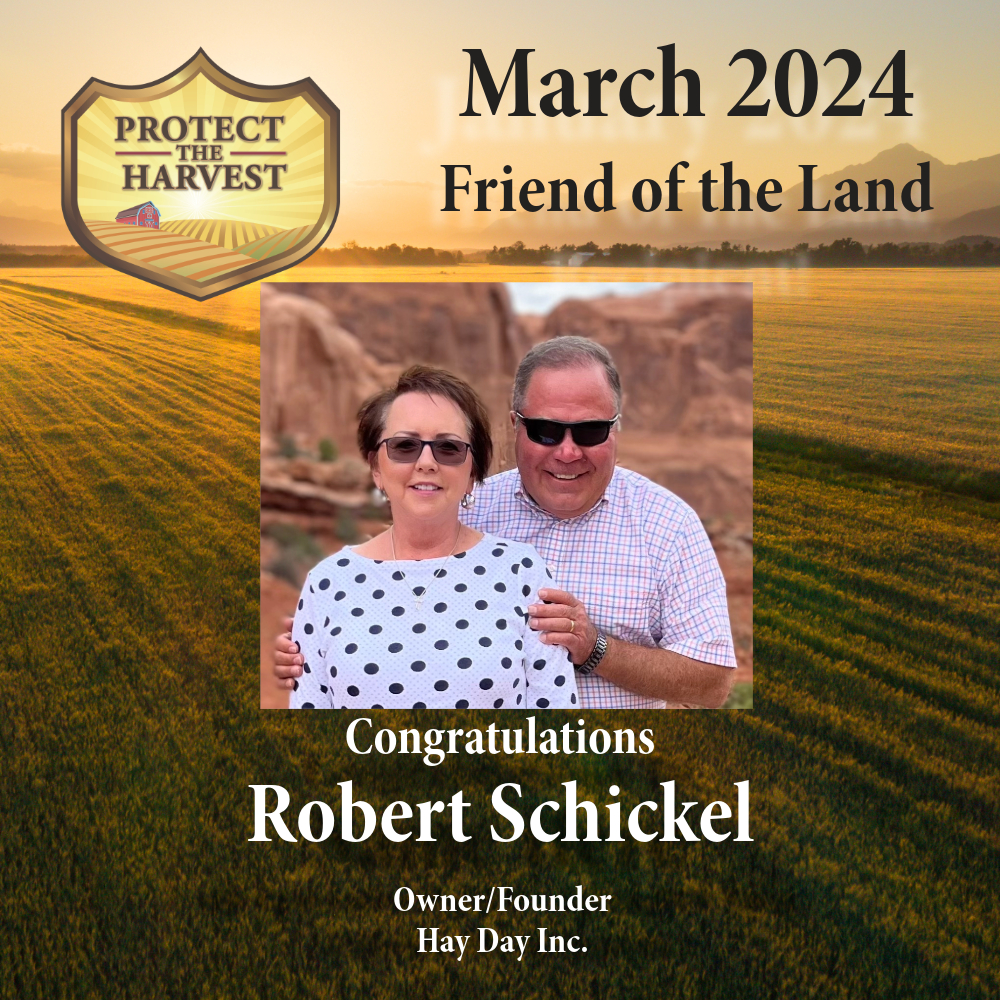
Iowa Senator Targeted by DxE
In April 2019, members of the Berkeley, California-based animal extremist group Direct Action Everywhere (DxE) illegally entered a pig facility in Iowa and took photos and videos of what they deemed to be neglect. The group targeted this particular facility because it is owned in part by Senator Ken Rozenboom, who supports what is known as Iowa’s Senate File 519, “an Act relating to an offense involving trespass to agricultural production facilities, providing penalties, and including effective date provisions”. Such laws are often referred to as “ag-gag laws” by animal extremists. They are designed to prohibit the exact type of trespassing and “under-cover” operation that DxE committed, which most often are used to stage photos, present situations out of context and create deliberately skewed animal propaganda. Such was the case with the Rozenboom facility, which was actually leased to another producer at the time of DxE’s invasion. Senator Rozenboom stated that he has been the victim of a “professional hit job,” and will be pursuing trespassing charges against the perpetrators.
DxE Herds Pigs Into Corner to Make Facility Look Overcrowded
DxE claimed that pigs were “stacked up”. In reality the facility is designed to house and feed 2,000 pigs until they reach market weight, which is approximately 280 pounds. The pigs shown in DxE’s photos are much smaller, about 60 to 70 pounds, according to Rozenboom. Because of their size, they would have only been taking up about one-fourth of available space. It is pretty clear that they were herded into a corner by DxE members to stage their photos.
The sick or injured animals pictured would have been safely separated in a “hospital pen” to receive care, Rozenboom said. It is important to note that out of as many as 2,000 perfectly healthy animals, DxE of course chose to photograph the few in the hospital pen with problems. Animals are not robots. Like any living creature they can injure themselves and get sick. With a population of 2,000, it is not uncommon to have a small percentage that require additional care.
DxE Utilizes the Media to Disperse False Information and Disparage Farmers
In late January 2020—nearly nine months after their trespass—DxE publicized their “findings.” For all of their current purported outrage, it’s very telling that they waited as long as they did before coming forward with their claims. The group filed a complaint with the Mahaska County Sheriff’s Office, the county attorney and the Iowa Department of Agriculture, and utilized what has become a sharply-honed weapon in the animal extremist toolbox: the media.
Main Stream Media Should Be Ashamed
Rozenboom was quoted in The Iowa Standard as saying: “Many in our media, including in the state of Iowa, are perfectly happy to become the mouthpiece, the megaphone, for organizations like this…this is about an animal rights group from San Francisco trying to destroy a big industry in Iowa and the people who are involved in that industry, and it’s about media outlets that are doing their bidding and becoming their megaphone. That is a huge problem and that’s what this is about…they do not care one bit about animal welfare. They are a group that is dedicated to attacking the meat industry in any way they can because they don’t believe people should be eating meat. I’m just a big target.” Read the entire article here.
At least one Iowa news outlet chose to run both the story about the Rozenboom facility being invaded, and also the carefully selected photos taken by DxE during their trespassing spree.
This is only one example of staged and out-of-context images being taken and spread by unethical and irresponsible media entities that are complicit with the animal extremist agenda.
The Media has Played a Role in Perpetuating the Animal Extremist Agenda in Several Issues Across the Nation and Across Animal Industries
In the past, we have written about Bearadise Ranch in Florida, which was targeted by PETA working in concert with a local media outlet, and Fair Oaks Farm, where videos of abuse were taken and later found to have been completely staged by animal extremist groups paying Fair Oaks employees to do their dirty work.
Another case of the media hand-picking information to share is with the situation at the Santa Anita racetrack in California, where 37 horses were humanely euthanized following untreatable injuries or illnesses in the past year. However, in their quest for shock value and ratings, what the media has not bothered to mention is that those 37 horses made up only a small percentage of the total horses that made trips on the track in training or in races. There were 420,000 trips on the track, and of those, only 37 resulted in a horse being humanely euthanized—which is only 0.008095%. As tragic as the death of any performing animal is, the truth is that the picture being painted by animal extremist groups, hand-in-hand with the media, is a far cry from the big-picture reality of the situation.
What Has Happened to Ethics in Journalism? Critical Examination and Further Research are Essential
In the age of information, there is truly no excuse for such incomplete, biased, and even blatantly false material to be distributed as “news” to the general public. Most of the public, due to no fault of their own, have no frame of reference regarding animal agriculture, performance horses, or large animal veterinary medicine. But that is exactly what animal extremists rely on to further their agenda, with the media being a willing accomplice.
News items are presented today at a breakneck pace as media outlets vie to be the first and fastest to cover stories, sometimes at the expense of thoroughness and accuracy. This can be unintentional, but unfortunately, can be very intentional if news staff are sympathetic to the animal extremist movement.
Just as wise consumers research and compare the products they purchase and use, it is essential for consumers of media to critically examine news that is of particular personal interest and concern.
• Watch and read multiple pieces about a particular issue.
• Pay attention to the balance of an article: how much information is included from one side of an issue, who was interviewed and quoted, terminology used, etc.
• Consider the source. Urban based news outlets can fall short of thoroughness and accuracy when covering animal and agricultural issues.
• Seek sources outside of the media, preferably experts who have no financial stake in the way a story is portrayed.
Animal Extremists ‘Can’t Do Their Work in the Light of Day’
Like most Americans, we at Protect The Harvest are staunchly against the legitimate neglect and abuse of any animal. It is sadly not surprising that the animal extremist movement intentionally misrepresents situations, and even creates them, in desperation to further their lie-based agenda. As Senator Rozenboom put it, “These people are nasty. These are people who break into other peoples’ property at night in darkness because they can’t do their work in the light of day. They’re just dishonest, lying, deceitful people.”
It is truly a shame that the once proud profession of American journalism seems to be sinking to the same level.



